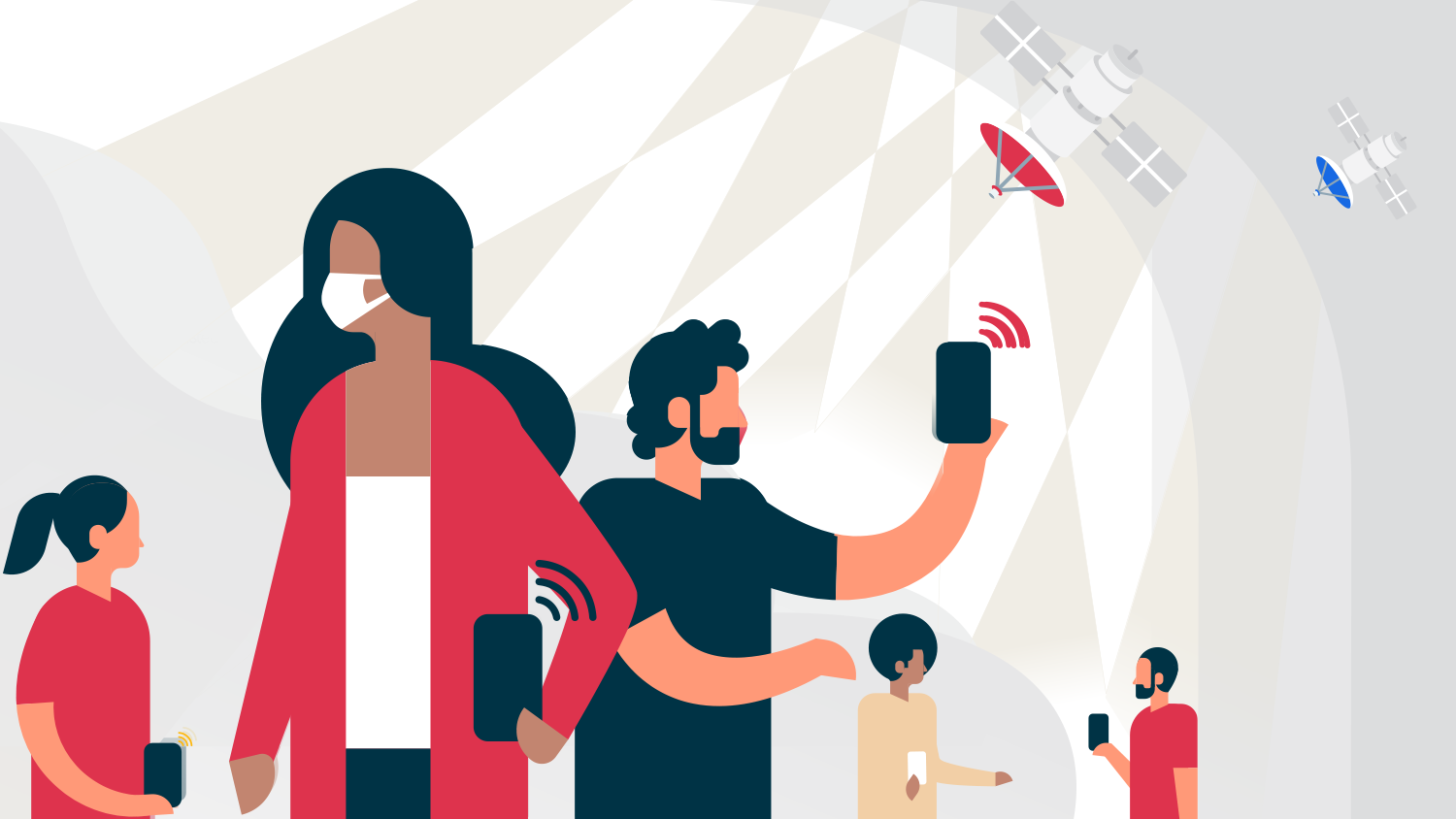

Due to the uncertainty of the timing of vaccine approval at the beginning of the COVID-19 pandemic, policymakers struggled to find the best mitigation measures. In a new study, researchers analyzed how the expectation of a vaccine influences optimal lockdown measures.
When the COVID-19 pandemic hit the world in early 2020, countries varied greatly in the measures they applied to limit the spread of the disease. Policymakers could not implement a lockdown strategy that was optimal in the long term, as they did not know when the vaccine would be developed. While the lockdowns were successful in reducing infections and saving lives, they had severe negative impacts on the economy, as well as putting a strain on the mental and social wellbeing of the population. Determining the most effective lockdown strategy in the context of vaccine development is therefore important not only for the current pandemic, but also for any other pandemics that may arise in the future.
In a new study published in PLOS ONE, researchers from the University of Padua and IIASA analyzed how the expectation of a vaccine changes the optimal policy measures and how these policy measures should be changed at the time of the approval of the vaccine. The researchers compared lockdown strategies and vaccination rollout in Germany, Israel, and the United States. While all three countries are highly developed and had the financial means to afford the necessary vaccine doses, their vaccination strategies, and their adaptation of policy measures at the time of the vaccine approval, were very different. While Israel’s campaign was probably implemented in the shortest time, resulting in a short intensification followed by an early relaxation of mitigation measures, Germany and the United States struggled with a couple of problems resulting in the slower relaxation of lockdowns.
To gain some insight into the best possible strategy, the researchers used the Susceptible, Infected, and Recovered (SIR) model, which is commonly used in epidemiology studies, and introduced the lockdown intensity and the vaccine arrival time as variables.
“Other studies on this subject usually assume either a finite or infinite time horizon with exact knowledge about the approval time of the vaccine,” says study coauthor Stefan Wrzaczek, a researcher in the IIASA Economic Frontiers Program. “As this is seldom the case in reality, in our study we assume the vaccine approval time to be unknown.”
The researchers found that the expectation of a vaccine leads to stricter lockdowns aiming to hold back infections before the vaccine is available, since a vaccine that is expected to be approved will allow susceptible people to surpass the infection. They also found that lockdowns continued to intensify for a short time after the approval of the vaccine, until a sufficient percentage of the population was vaccinated, thereby protecting the country’s healthcare capacity from being overloaded.
“The study not only helps us to better understand the dynamics of the COVID-19 pandemic but could also help policymakers mitigate the effect of new virus variants or novel pandemics in a way that will better balance the pressures on human health, wellbeing, and the economy,” concludes Michael Freiberger, a study coauthor associated with the same program at IIASA.

